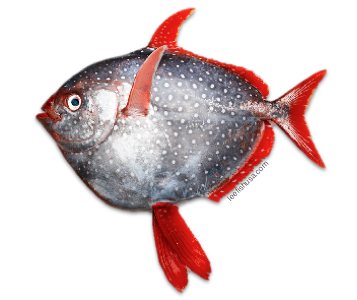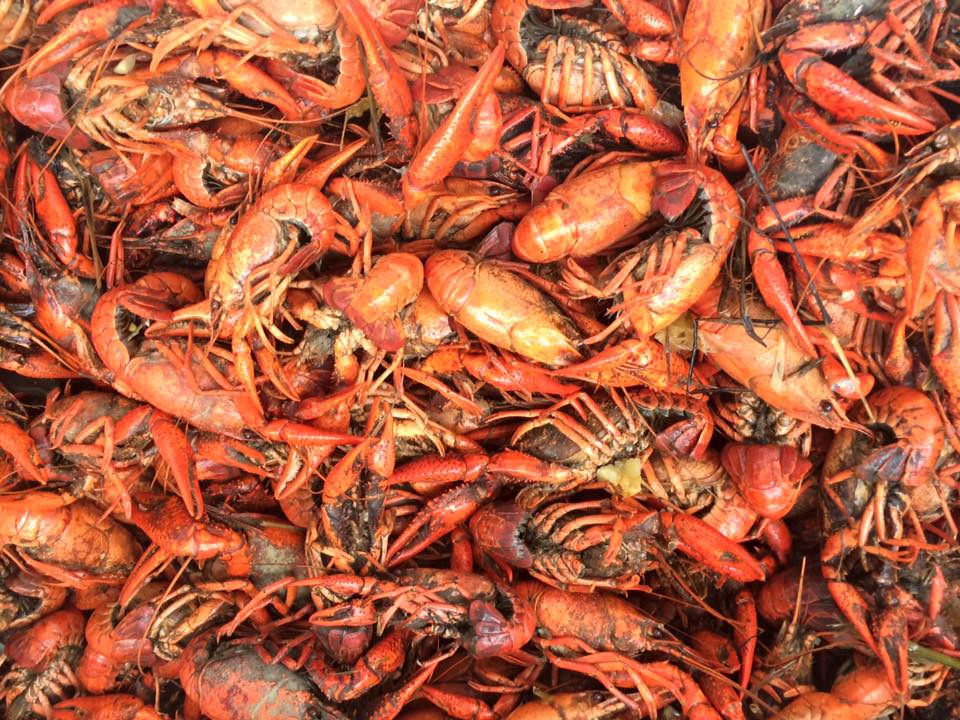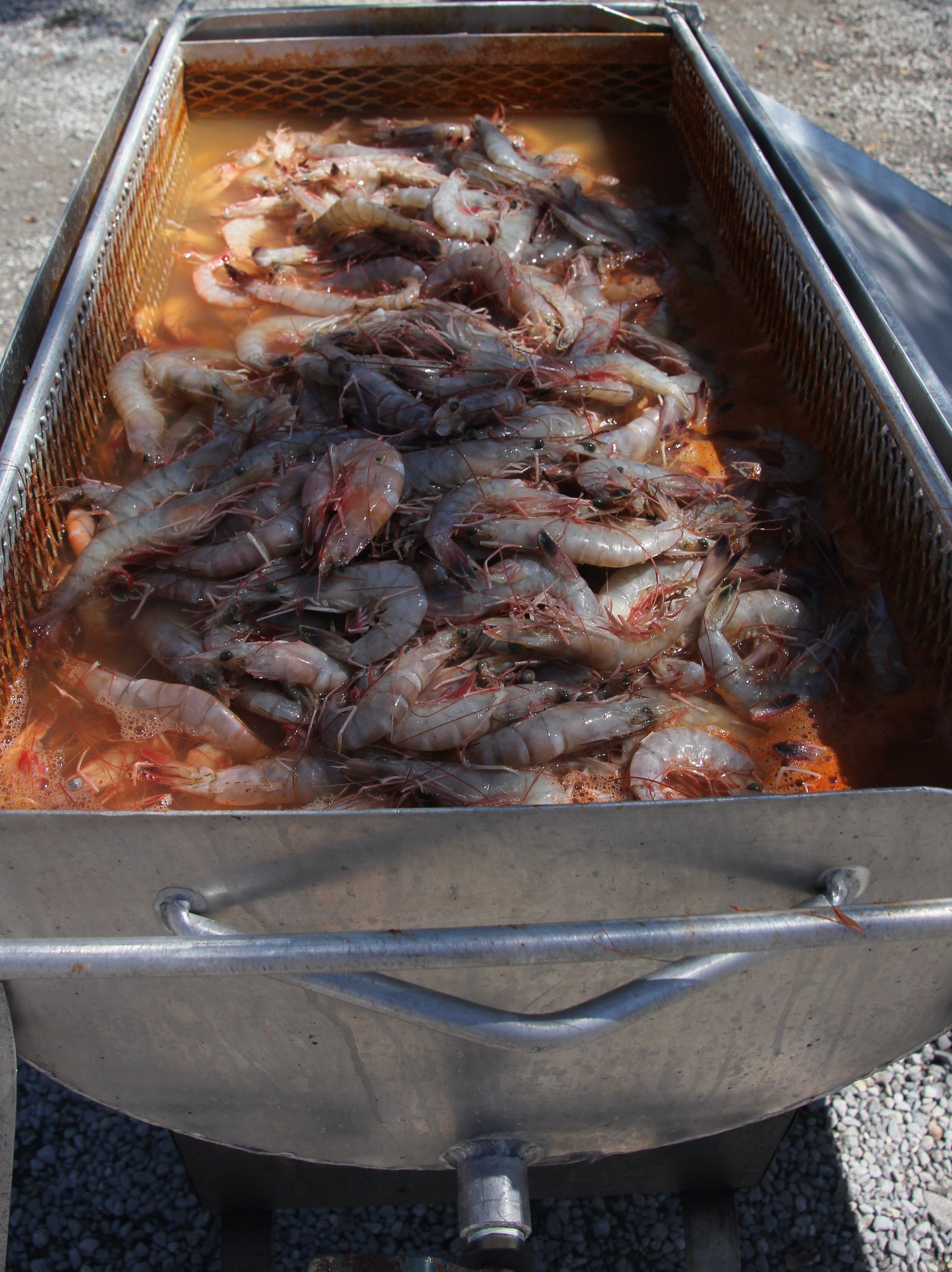Slow Food Urban San Diego Board Farm Liaison, Stephanie Parker, recently interviewed Stepheni Norton, the owner of the local Dickinson Farm to learn more about how and why she farms. Before becoming a farmer Norton had a distinguished and decorated career as Chief Yeoman in the US Coast Guard. Learn more about Norton's journey to becoming a farmer in her own words. Why do you farm? It really started as a personal necessity and as my health improved has become a respite, a mission and as my husband says, a calling.
Tell us about Dickinson Farm's beginnings. A year-round heirloom fruit, vegetable & herb farm in National City, California…that all started because of a bug the size of a pinhead.
My husband Mike & I purchased the Wallace D. Dickinson homestead in February 2012, as our “forever” home. When we first started dating we half-jokingly made a list of everything we wanted in a home …it was really a delusional list….6 bedrooms, actual land (not a postage stamp), architecture and character, room for a 7 car garage and of course a view of the ocean, and must be in SoCal. It was certainly not something we expected to find. Then we did, insomnia and the end of the internet, I found the house. We saw it the next day and put an offer in right away.
When we bought the property, I was in the mist of pre-deployment work-up preparing for a 10 month OCONUS deployment – a few weeks later I was bit by a tick on San Clemente Island off the coast of South California. Unfortunately, Southern California Doctors are not Lyme literate, so I was left sick and untreated for the rest of work-ups and a 10-month deployment.
Almost a year later I returned home, I was still very ill and was bounced around from Doctor to Doctor to find a cure. After 2.5 years of fighting an undiagnosed illness and looking for a Doctor, in July, 2014 I was diagnosed with Lyme disease and related co-inflections.
Right away I started daily IV treatment and my Doctor wanted me to eat as fresh and healthy as possible. Each day after treatment Mike would drive me home and try find fresh organic food to make for dinner.
This is when they noticed fresh produce was hard to come by in National City.
So I asked my Doctor if I could be outside and garden a little… with no real farming experience we planted a few fruits trees. Then we got advice from a few different garden consultants and started planting a small garden patch …and with that the Farm began.
In the SoCal sunshine, the crops spouted up with ease providing excess in abundance of what they could eat. We started giving away the excess to friends, family and even a crop share. Then decided to give the excess to Dreams for Change to help feed those that couldn’t afford to buy their own.
All the while I sat in the IV chair researching how to make the Farm an actual business.
By January 2016, the few trees and garden patch became 16 raised boxes, orchard, hop patch 20 in ground rows, 4 coffee rows; 1/4 of an acre total. Plans were set and licenses obtained – and in January 2016 the little garden patch officially became Dickinson Farm.
How many varieties do you grow? Currently we have 42 crops and 108 varietals. We used fall 2015 and spring / summer 2016 to determined what grows best on our plot. Starting with our Fall 2016 planting we will reduce the varietals to 2 per crop, focusing on growing what does best on our land which still providing options to our customers.
What made you decide to grow all heirloom varietals? When we purchased the property, I spent a great deal of time researching the properties history. We found that Wallace D. Dickinson in addition to being a savvy business man, was one of the top local hobby horticulturists. He spoke a lot about how to grow a kitchen garden in a [early 1900] “urban environment”. We wanted to be true to the property and land, what would have Wallace grown? That notion started us down the heirloom path, and the taste and quality of the produce kept us there.
Where do you find your seeds? I never expected finding real heirloom seeds to take the amount of research it does, but after many hours and some duds, we stick with a few companies we trust… Baker Creek, Southern Exposure Seed Exchange, Annie's Heirloom, Wood Prairie, & Sherck's.
What's been the biggest thing you've learned during this process? You cannot control growth. You are most likely going to be both elated and disappointed every day. I am a data junkie and logical person. That works with lots of aspects of planning and farming…until the weather changes and the wind comes in. Then all bets are off.
What's been easy? Really once you let go of perfection, it’s all easy. I’ve had a more than a few mentors who taught me hard are the days you or your shipmates do not get to come home. Everything else is just a little heavy lifting and another day in paradise.
Anything you're loving right now that you could share a recipe for? Carrot tops! Seriously why do people throw these away? (FYI I do recipes like my G-Ma…measurements are swagged)
Carrot Top Pesto Few cups washed carrot tops Few basil leaves (1 leaf to each cup of carrot tops) Small handful whatever nut you like, toasted – we use black walnuts as an homage to our family land in Southern Illinois. Handful grated aged Parmesan cheese One garlic clove or more (I use more) flaky sea salt extra-virgin olive oil to consistency
Blend in mini-chop or get an arm work out with mortar and pestle
Put on Burrata, grab a baguette … amazing
How can people support the farm? Shop Small & Shop Local! We are a small farm, and we want people to be able to choose what they like. We so offer a free choice of in season, harvested to order fruits, vegetables & herbs in any quantity or combination you choose. It’s a “design your own” box – and is perfect for specialty diets & picky eaters.
Each Thursday evening, we send out a Harvest alert with what will be ready for harvest Monday. Friday morning at 7:00AM our on-line store opens and customers can pre-order online until 7:00AM Monday. Orders are harvested Monday mid-morning, ready for The Market Monday evening at 7:00PM
Every Monday (except holidays) from 7:00pm-9:00pm we bring pre-orders and the remaining harvest to Machete Beer House (aka "The Market")
The Market @ Machete Beer House 2325 Highland Ave National City, CA 7:00pm-9:00pm
Thanks so much to Stepheni Norton for sharing your story with us!
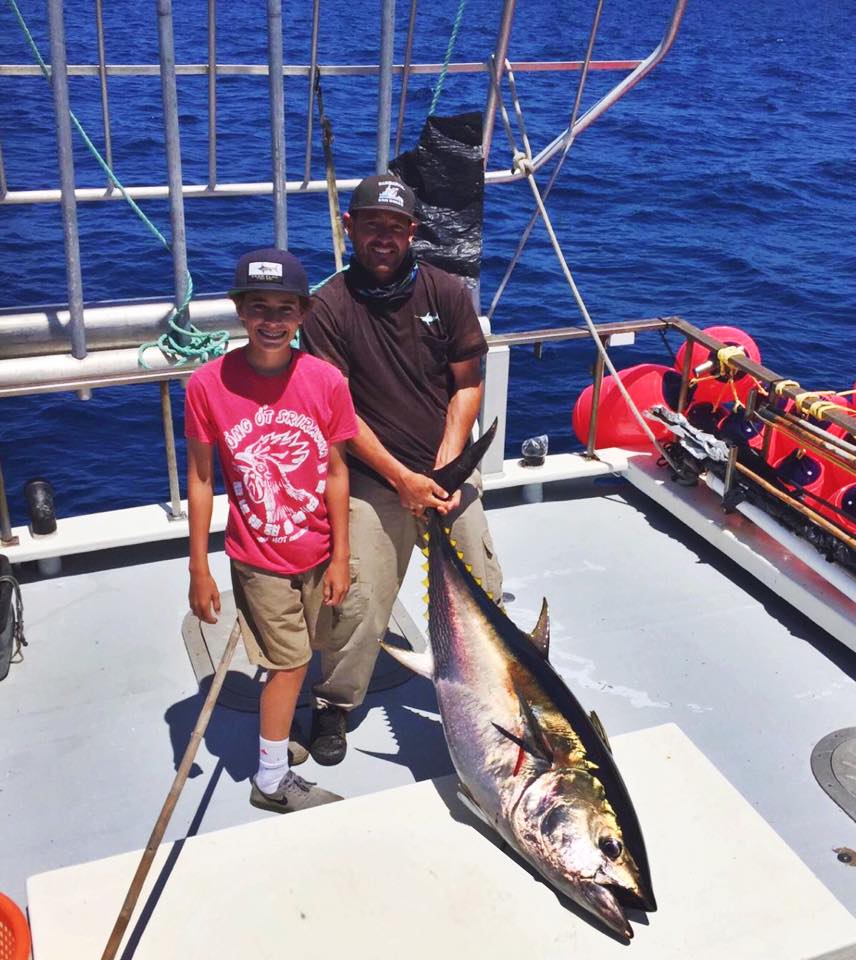
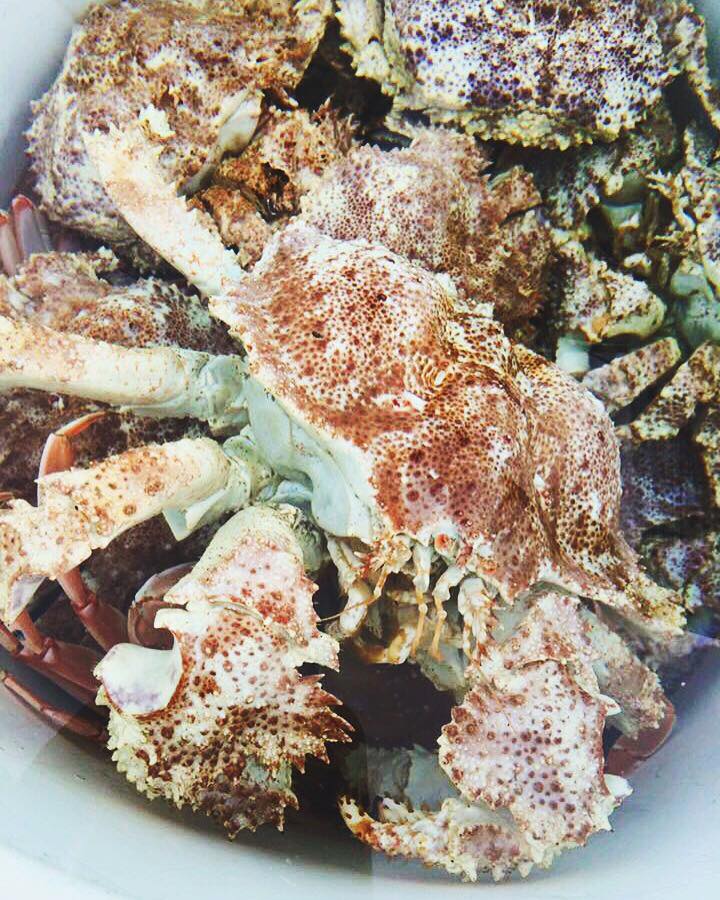
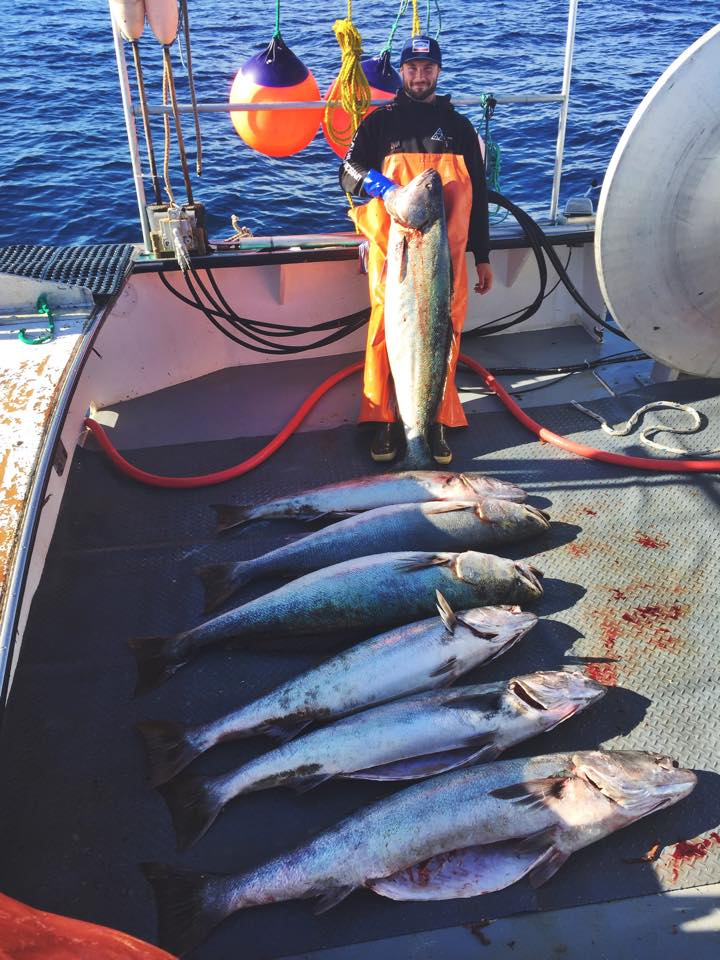

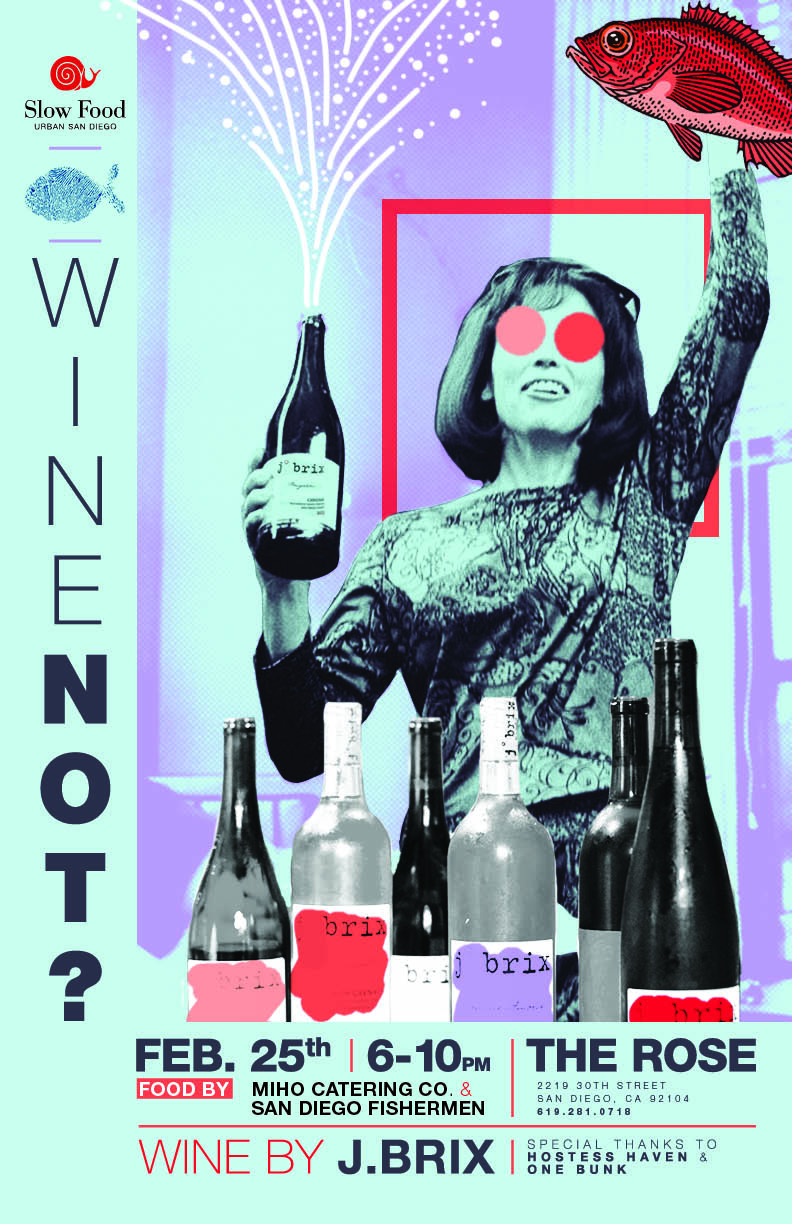








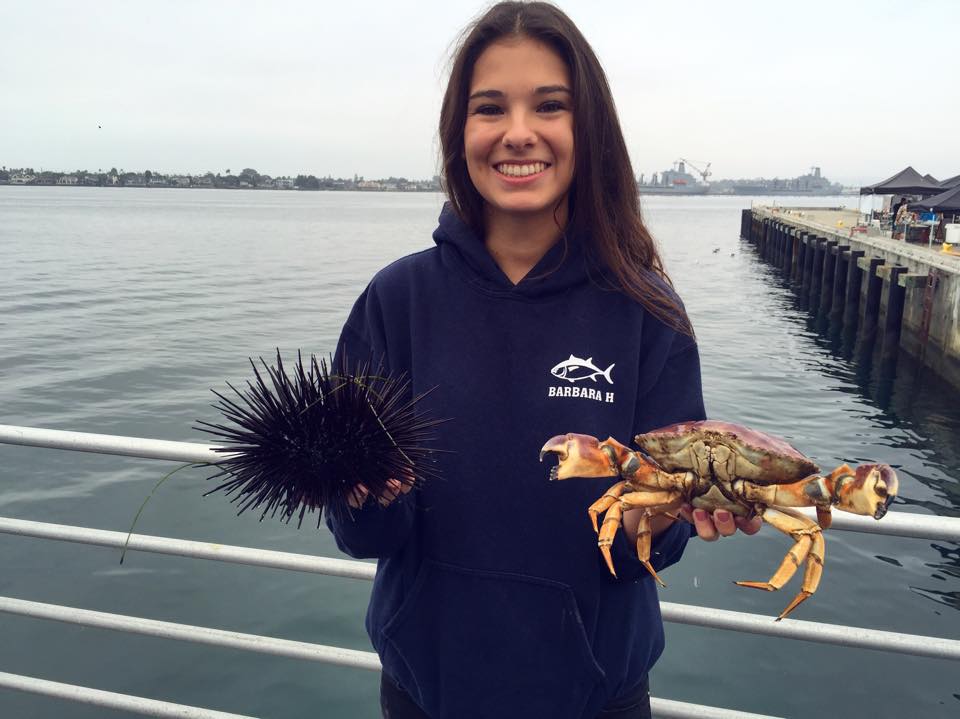
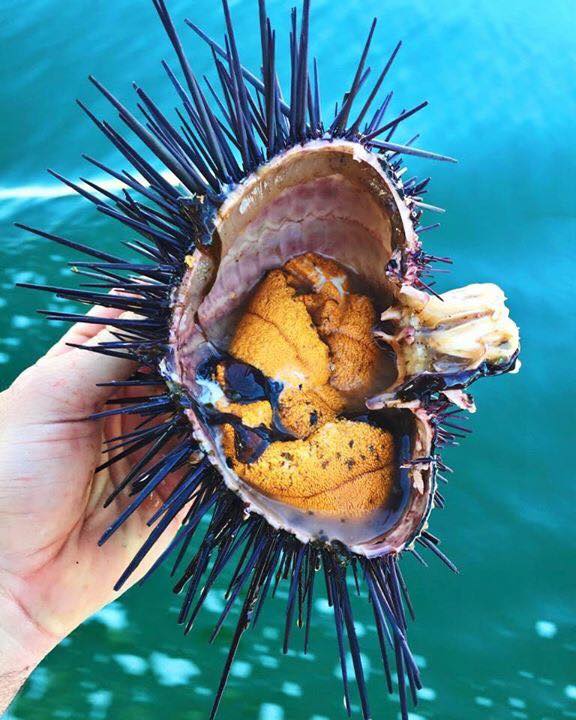





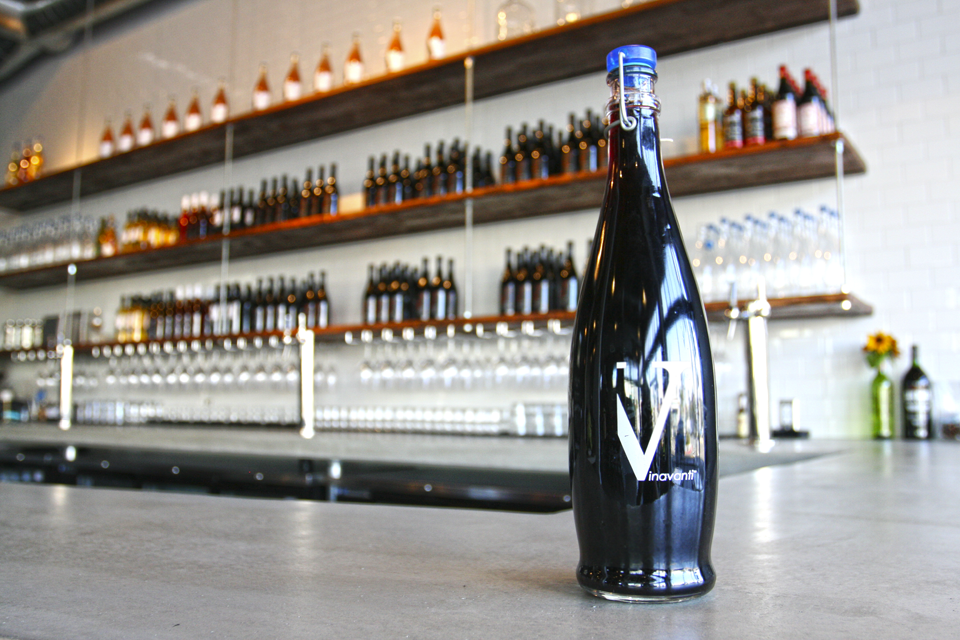 In a San Diego market overflowing with craft breweries, craft wine could be considered the black sheep (or bottle) of the bunch. Until you try it, that is. Then you just might become a dedicated convert like we are at Slow Food Urban San Diego.
In a San Diego market overflowing with craft breweries, craft wine could be considered the black sheep (or bottle) of the bunch. Until you try it, that is. Then you just might become a dedicated convert like we are at Slow Food Urban San Diego.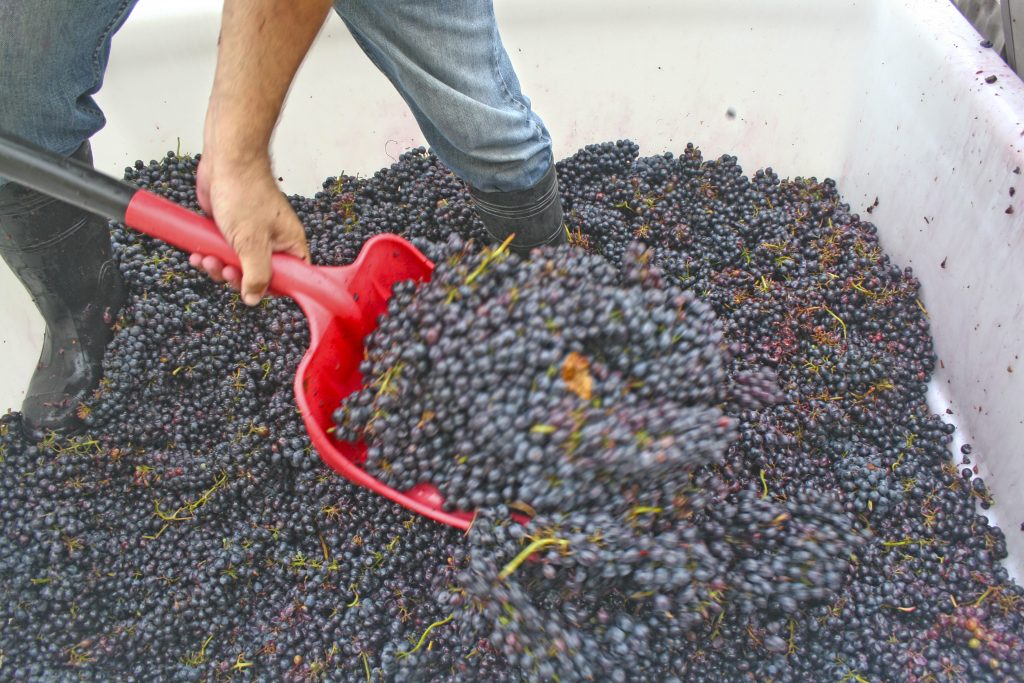
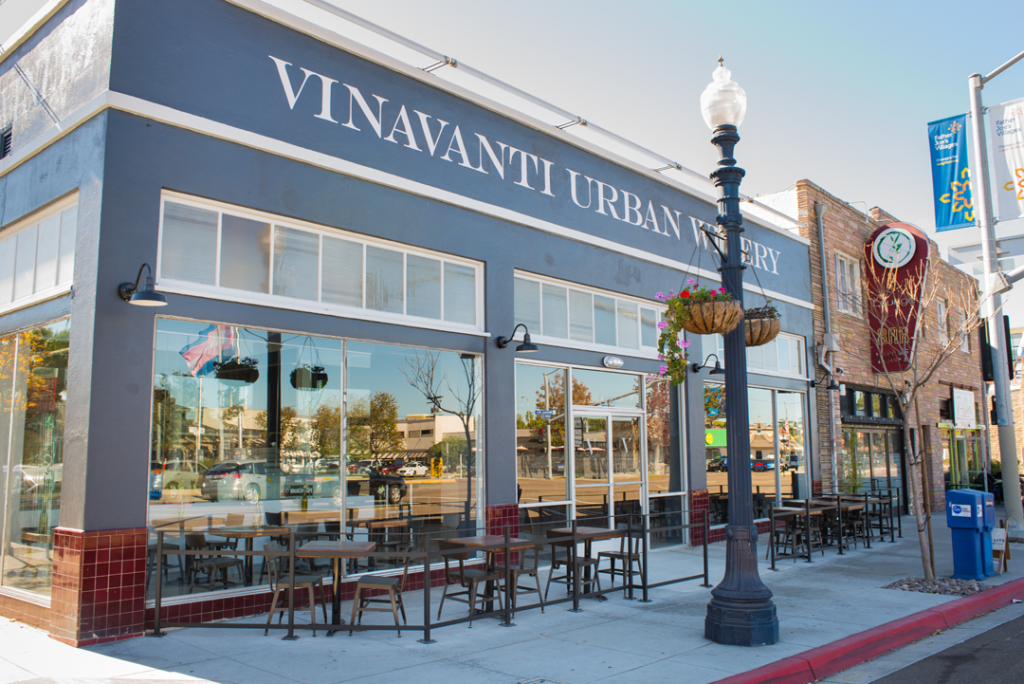



 Ready for some summertime fun? Spend a carefree evening at
Ready for some summertime fun? Spend a carefree evening at 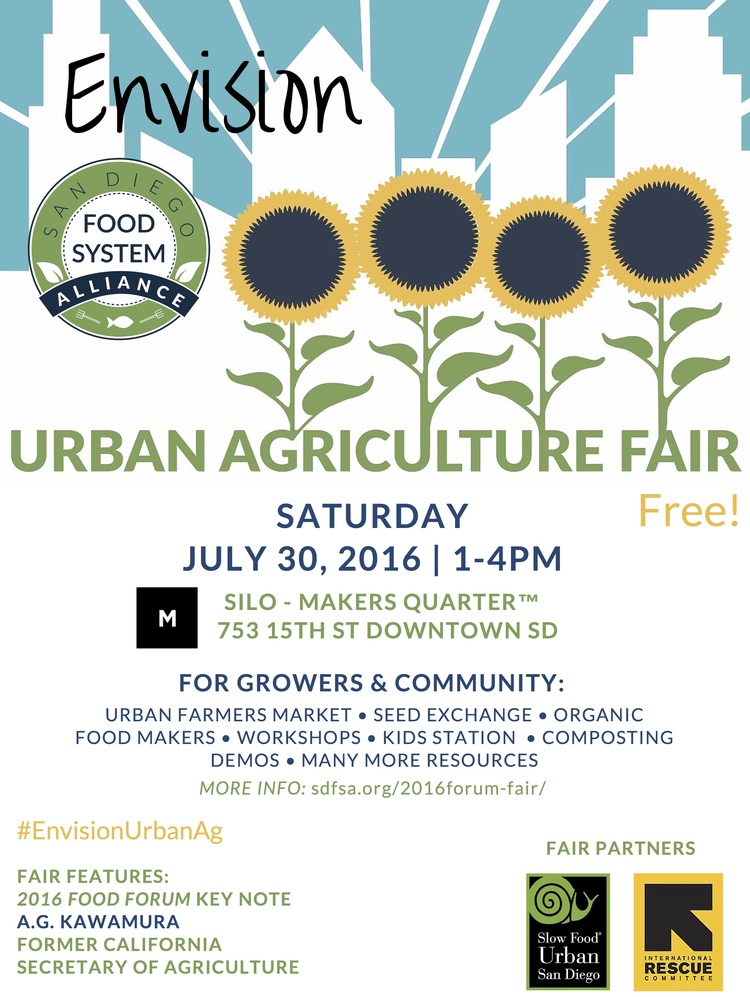
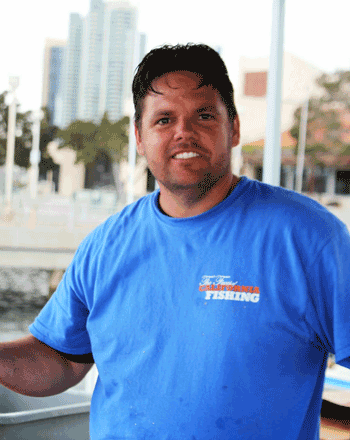
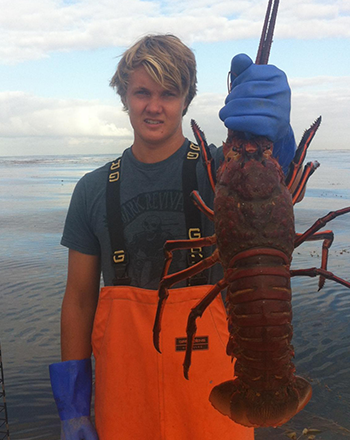
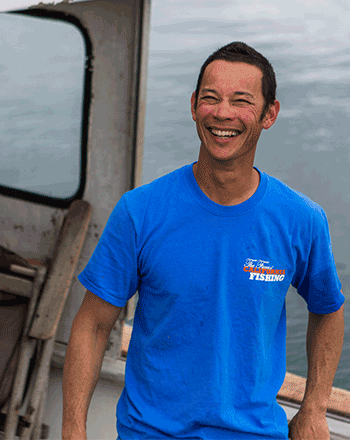
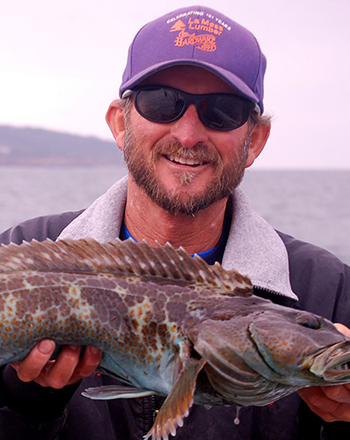

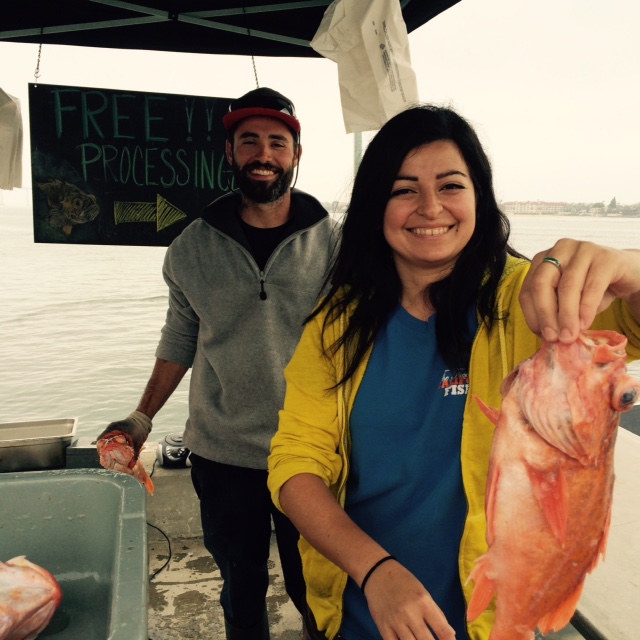

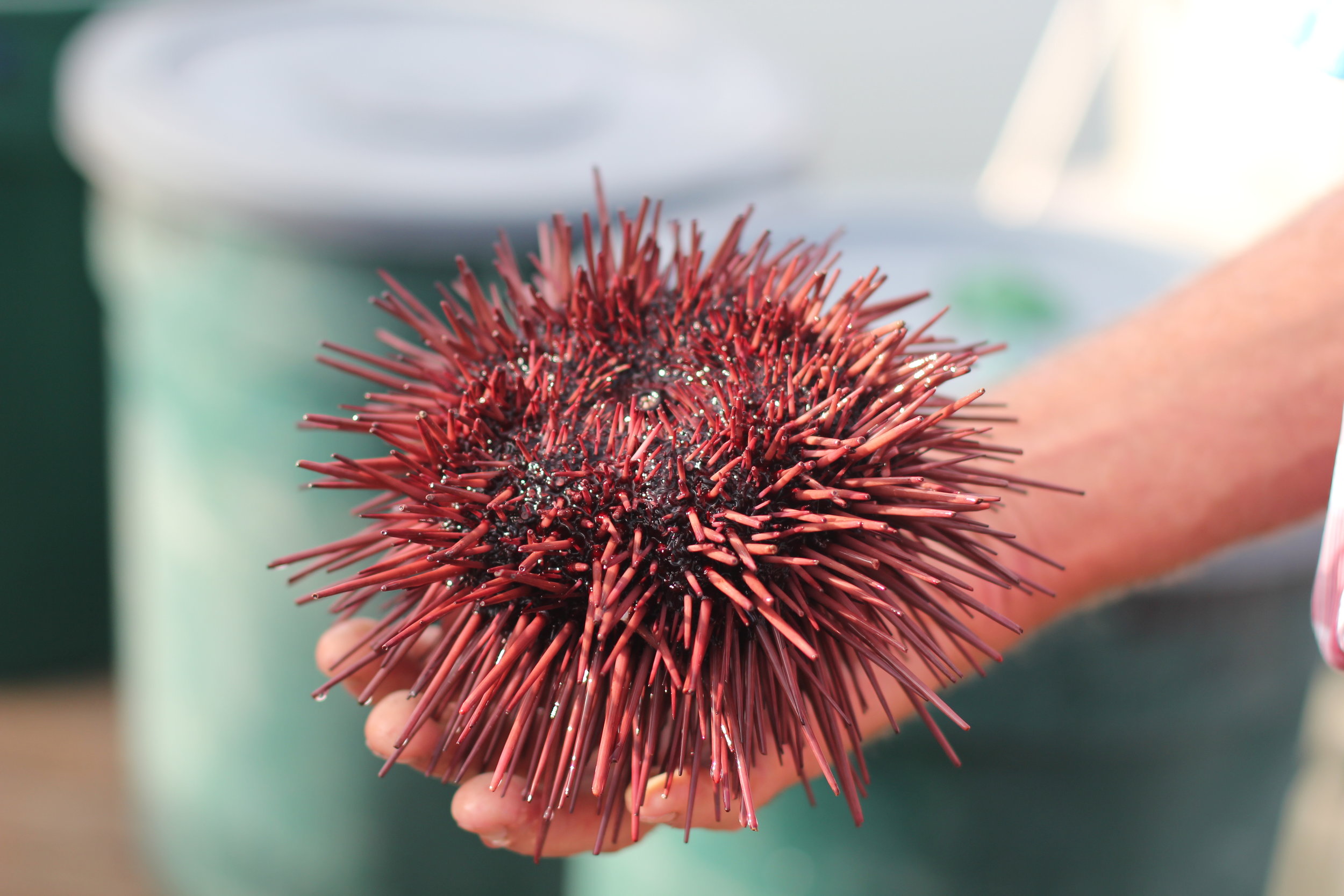

 We'll restart our seafood Saturdays tastings in 2017! Stay tuned!
We'll restart our seafood Saturdays tastings in 2017! Stay tuned!
 Sheephead Recipes
Sheephead Recipes





